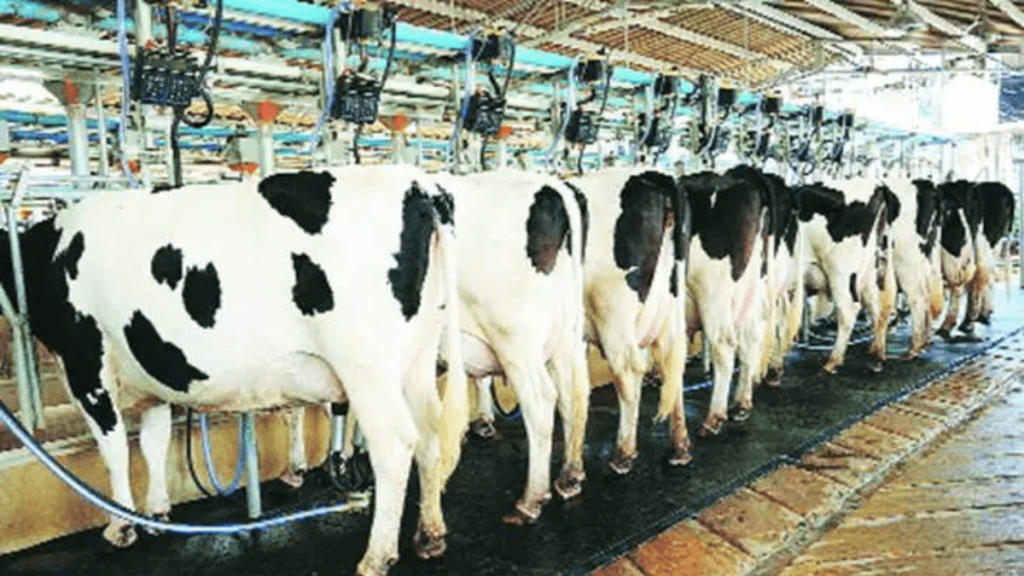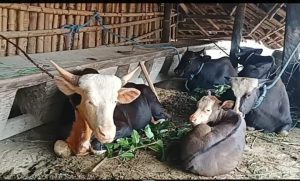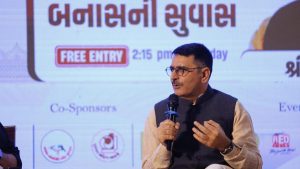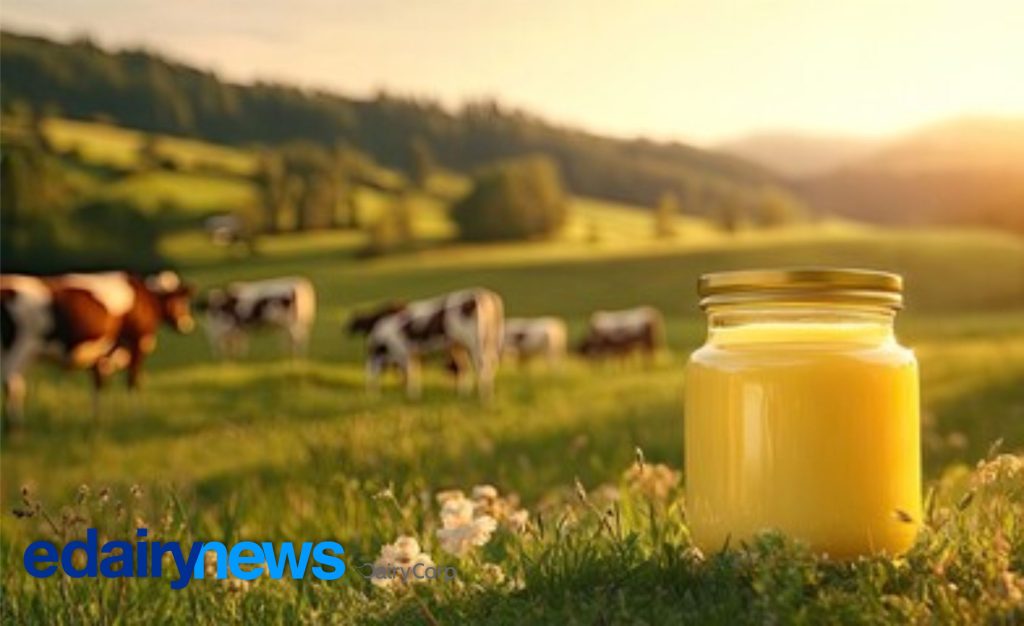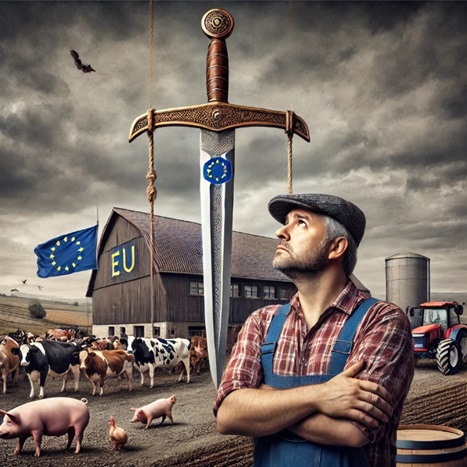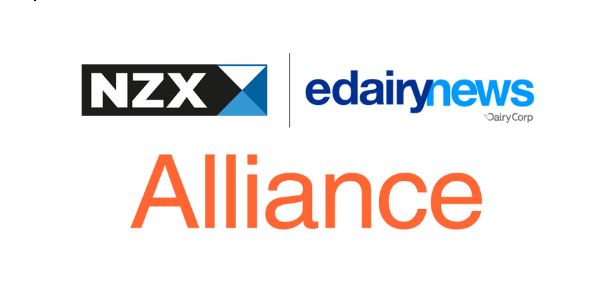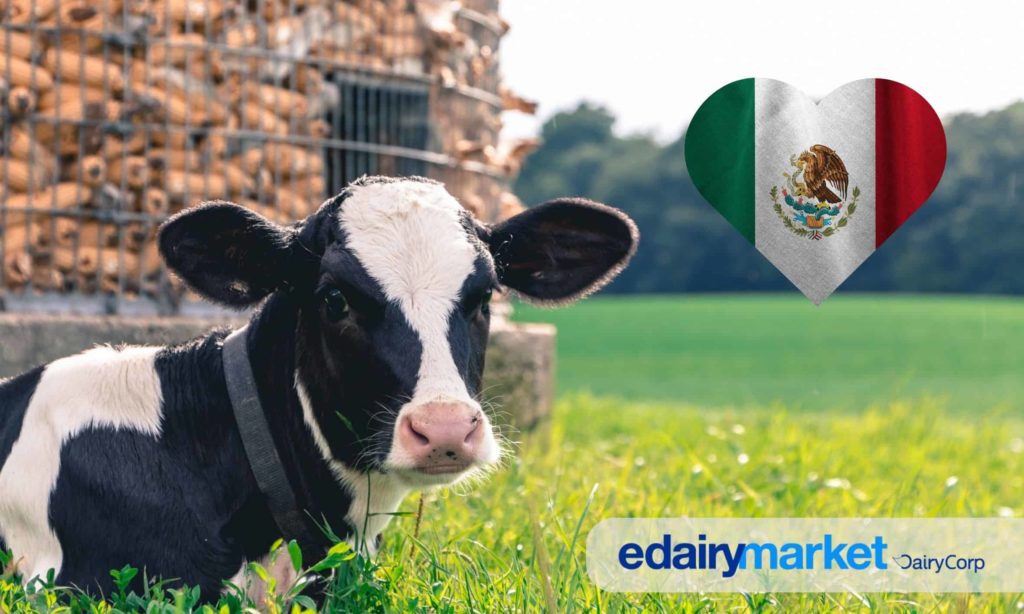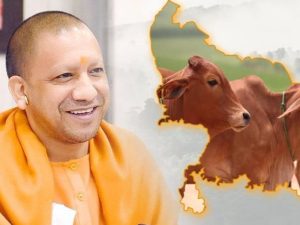
The dairy farming business in India is fast gaining importance and presents an immense potential to grow for many established as well as young entrepreneurs. When we look at the economics of the Indian dairy ecosystem with a holistic lens, we can understand the resistance of farmers to adopt the best practices that can drive their dairy business to greater profitability. Especially, adoption of practices that are driven by technology, which may seem challenging to trust, for farmers who are highly rooted in generations of dairy farming experience bestowed to them.
However, for the dairy farming business to truly become an attractive source of revenue generation, tech-enabled aggregation must be fundamental across the value chain. Especially the one that can facilitate accurate or reliable data collection for the farmer to make actionable decisions. One such enabling solution could be the implementation of ‘ration balancing’ via specialised digital tools. As we know, for a dairy farmer, productivity is majorly dependent on cattle nutrition and complete health, which is largely derived from its feed and fodder management and overall living conditions. Feed alone constitutes about 70% of the total cost incurred on dairy animal production. Therefore, in a dairy business, to operate profitably, the focus gets drawn to mitigate risks associated with the ‘cattle maintenance cost’. Since food source is prime, providing a well-formulated nutritious feed for the cattle with new age tech enabled research; caring for their healthy growth and managing cattle’s reproductive capabilities along with a conducive natural habitat to live and prosper is critical.
Looking from the top, even the small scale farmer can accelerate to build their key assets and benefit from adoption of suitable technologies. To safeguard healthier farm management practices, we could begin with smart tech such as biometric for unique cattle identification that can help in creating a database of the cattle to build all essential information, such as the breed, age, heat progress, milk yielding capacity, nutritional requirements while also tracking the movement of cattle and so forth, i.e., something quite like an Aadhar but dedicated to the cattle population.
Additionally, by developing innovative feed solutions, we can reduce the methane gas emissions in cattle dung. Strategies to convert cattle excreta into manure and biogas which will further help increase farmer profitability are also being looked at. This will also help improve overall farm emission levels and increase organic content in the soil. Consider the impact- If India’s farmers start using such innovative mechanisms driven by technology, overall carbon emissions can come down by a huge margin, driving India closer to its net zero goals.
Here are a few facts to take the above into consideration: Despite India being home to the largest cattle livestock in the world, 70% of the country’s dairy farmers are small, marginal and even landless producers. While technologies such as RFIDs, IOT devices for cattle management, drones for farm monitoring and others are finding ground, I still strongly believe that if you give simple technologies in the hands of a farmer through smartphones, you are laying the foundation of a tech-driven circular economy, with unprecedented scope of growth. This, in turn, will feed in the $5 trillion economy goal by 2025, set up by Prime Minister Narendra Modi. However, to achieve this, collaborative support is required from the government and institutions, along with the private sector working directly with the farmers.
(Param Singh, Founder & CEO, Mooofarm. Views expressed are author’s own.)
